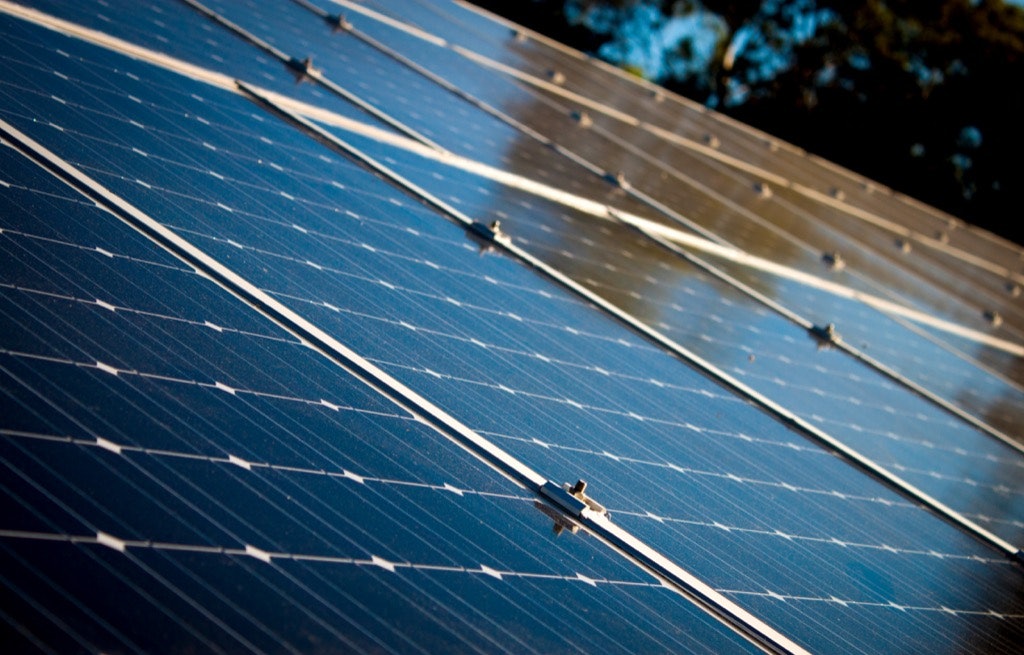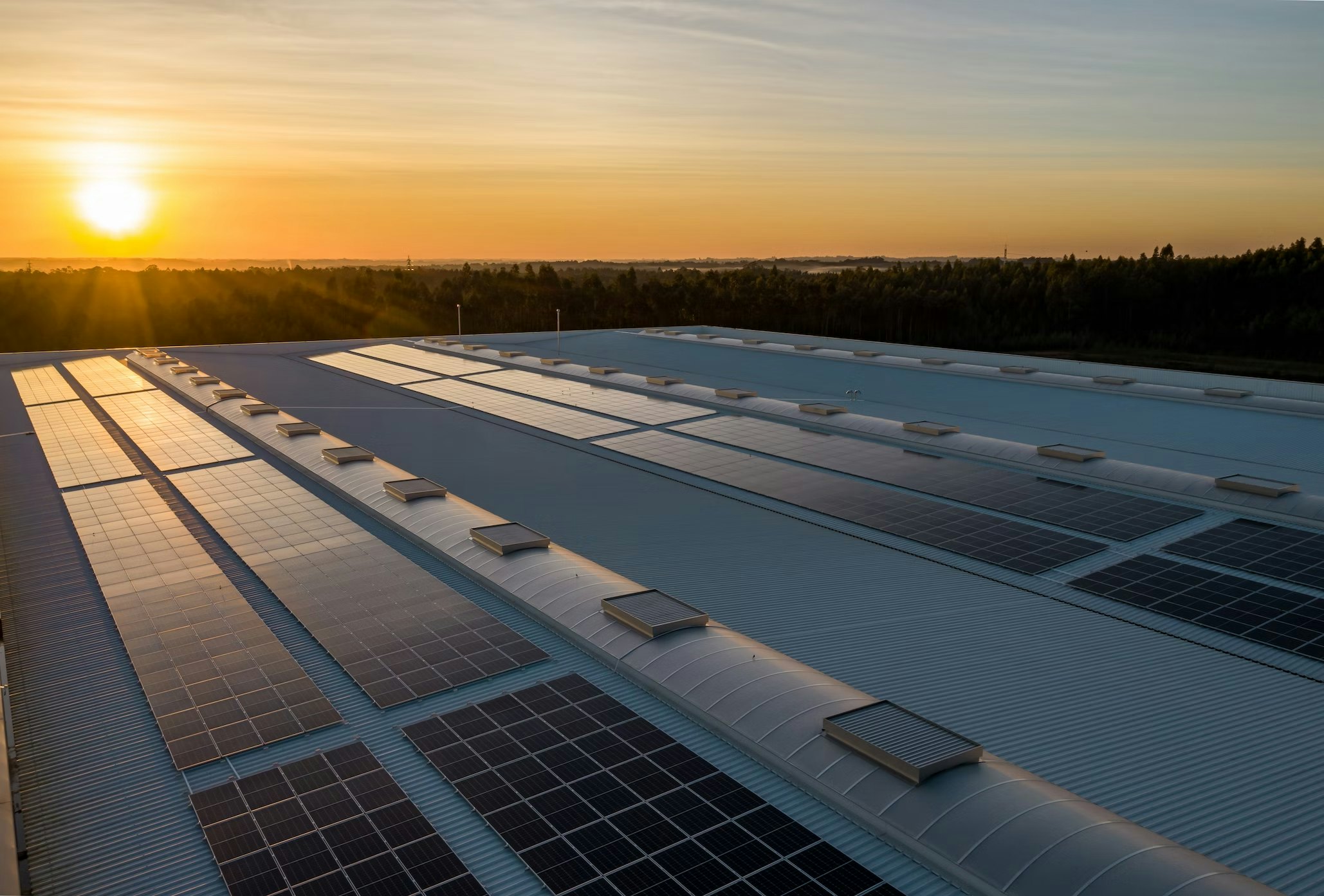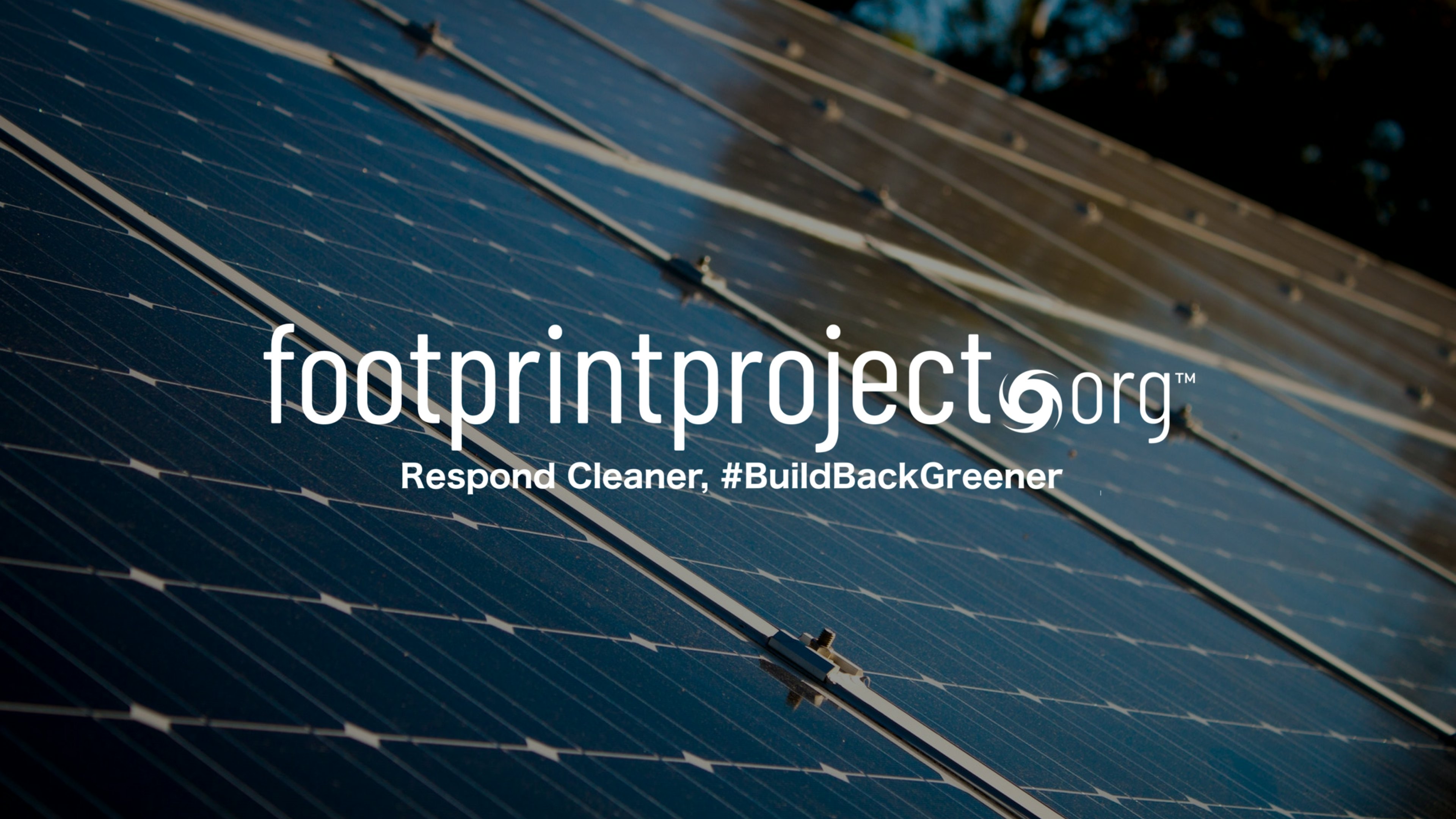What are the environmental benefits of solar energy?

This article was originally published in August 2017. It has been updated to reflect new stats and insights as of August 2024.
Solar power is cheap, increasingly accessible, and infinitely available, making it an attractive energy source for consumers and businesses alike. But, most importantly, solar energy has the potential to significantly reduce climate change impacts that threaten to make large portions of our world uninhabitable in the near future.
We must prioritize solar energy. As the shadows of the climate crisis loom, solar power offers a shining light of hope and a brilliant array of environmental benefits that promise to eclipse some of our most pressing ecological challenges.
Why solar energy is more important — and accessible — than ever
Solar energy is vital in the collective effort to address the climate crisis. As a renewable energy source, solar reduces dependence on fossil fuels and helps mitigate global heating. Advancements in photovoltaic (PV) technology allow the sun to power our homes, vehicles, and businesses just as it gives energy to plants and animals.
Solar is also increasingly accessible for the average person — it is the fastest growing energy source in the world. The US Energy Information Administration (EIA) forecasts that solar power generation will grow 75% from 163 billion kilowatt-hours (kWh) in 2023 to 286 billion kWh in 2025. In addition to policies and legislation that promote clean energy, the declining cost of PV system production is driving the widespread adoption of solar.
Environmental benefits of solar energy
It’s time to embrace solar energy as an environmentally conscious and economically savvy choice. Here are five environmental benefits of solar energy to feel good about supporting (you can also read about the personal benefits of solar here).
Reduced carbon footprint
Unlike conventional energy sources such as coal or natural gas, solar energy generates electricity without emitting harmful greenhouse gases (GHGs) into the atmosphere. Solar energy adoption is a surefire way to decrease carbon emissions — the most prevalent GHG — to help reduce climate risks. While there is a carbon footprint associated with solar panel production, research shows that the life-cycle emissions of solar electricity are about 12 times less than natural gas and 20 times lower than coal.
Less environmental pollution
Coal and natural gas generation releases smog and toxic pollutants such as sulfur dioxide, nitrogen oxides, and particulate matter. Solar energy makes us less reliant on fossil fuel power plants, significantly decreasing pollution, improving air quality and respiratory health for our local communities — especially those that climate change disproportionately affects. Solar energy plays a major role in our country’s goal of reaching 100% carbon-pollution-free electricity by 2035.
Lower water usage
Fossil-fuel-based methods of energy production require a monumental amount of water — coal mining plants and fracking operations use millions of gallons of water each day. In an increasingly water-scarce world, we need to be much smarter about using this precious resource. Solar panels require zero water to capture sunlight and generate electricity, plus new floating solar farms can reduce water evaporation by 70% or more.
Localized energy production
Rooftop and community solar decentralize energy generation, eliminating the need for extensive transmission and distribution infrastructure, which 1) lessens the environmental impact associated with this infrastructure and 2) reduces energy loss that can occur during transmission. Another benefit of localized energy production is that it helps communities become more resilient to disruptions in the broader power grid.
Greater versatility for land use
Whereas traditional power plants and their auxiliary components (pipelines, storage systems, waste disposal sites, etc.) take up a lot of ground area, solar farms can coexist in a shared space. For example, many solar developers are beginning to construct agrivoltaics where panels are installed on agricultural lands without hindering crop production. It’s not a one-sided relationship, either — the panels provide beneficial shade for crops and livestock while opening up a new income stream for farmers.
Allowing everyone to support solar energy
Although rooftop solar is often the image that comes to mind when discussing solar energy, it is not the only — nor the most equitable — solution. At least half of Americans can’t install solar panels because they rent, don’t have the right roof angle, or can’t access financing. But, thanks to legislation and solar development in recent years, community solar has taken off as a way to allow millions of people to participate in the renewable energy revolution.
In addition to providing access to clean energy, community solar leads to a lower monthly energy bill. You subscribe to a local solar farm and earn credits that reduce your electricity costs. In fact, Arcadia community solar customers receive credits that guarantee annual savings.
Get started with community solar
Ready to start contributing toward the environmental benefits of solar energy? Getting started with Arcadia couldn’t be easier. It only takes a few clicks to find out if you’re eligible. Click the button below to see if you qualify to save on your annual energy bill.

Ready to make an impact? Sign up for Arcadia community solar today!
Get started

